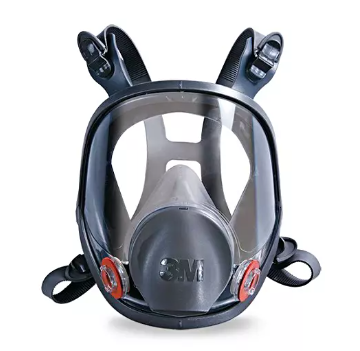OSHA's Latest Interim Enforcement Guidance
Key takeaways:- Find the OSHA Interim Enforcement Guidance here
- The 30-day OSHA compliance grace period is over
- OSHA enforcement began Oct 23, 2017, in most markets. By now enforcement is in full swing across the country.
Key Clarifications:
- It is acceptable to use non-grit, oil- or waxed-based sweeping compound for dust suppression housekeeping
- Tasks (not specified in Table 1) exposing employees to silica levels above the PEL of 50 micrograms per meter cubed over an 8-hour period must be performed according to Alternative Exposure Control methods
The final ruling has several key provisions:
- Reduces the permissible exposure limit (PEL) by 80% to 50 micrograms per cubic meter of air
- Employers will be required to use engineering controls
- Provides medical exams to monitor highly exposed workers
- Provides flexibility to help employers - especially small businesses - protect workers from silica exposure
Employers can use control methods that reduce the exposure below the PEL by following an OSHA-specified exposure control method (Table 1), measuring workers' exposure to silica independently or using objective data sufficient to accurately characterize employee exposures to respirable crystalline silica (Section (d)(2)(ii).
Regardless of which control methods are used, all construction employers covered by the standard are required to:
- Establish and implement a written exposure plan
- Designate a competent person to implement the plan
- Restrict housekeeping practices that expose workers to silica
- Offer medical exams every three years for workers who wear a respirator 30 or more days per year
- Train workers on operations that result in silica exposure
- Keep records of workers' silica exposure and medical exams
The information provided herein is intended as a basic summary of certain rules, regulations, and standards. It is not intended to be an official, legal, safety-related or comprehensive interpretation of any such rules, regulations or standards, or an exhaustive list of the rules and regulations that may have been changed and/or otherwise apply to your business operations. You should always rely on your own review, evaluation, and interpretation of rules, regulations, and standards affecting your business. It is an individual and/or an employer's obligation to comply with all applicable rules, regulations, and standards. The information provided herein should not be interpreted as an endorsement or guarantee of performance of any products identified in the materials.
 (508) 492-8975
(508) 492-8975








